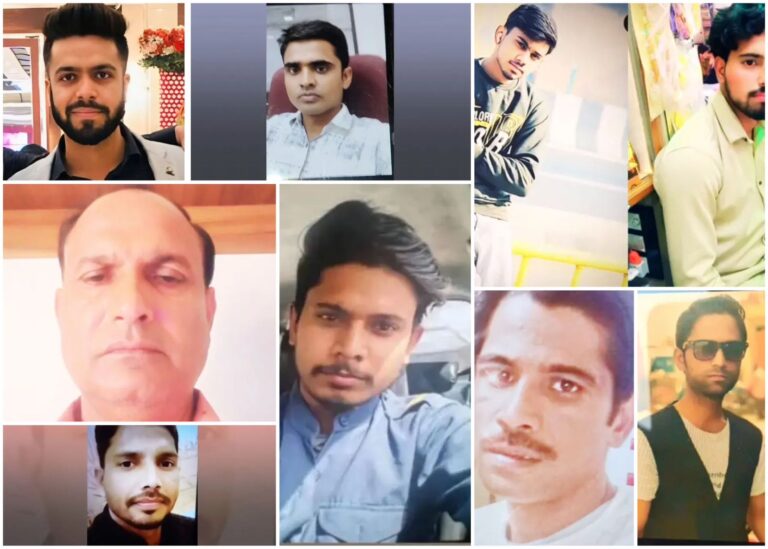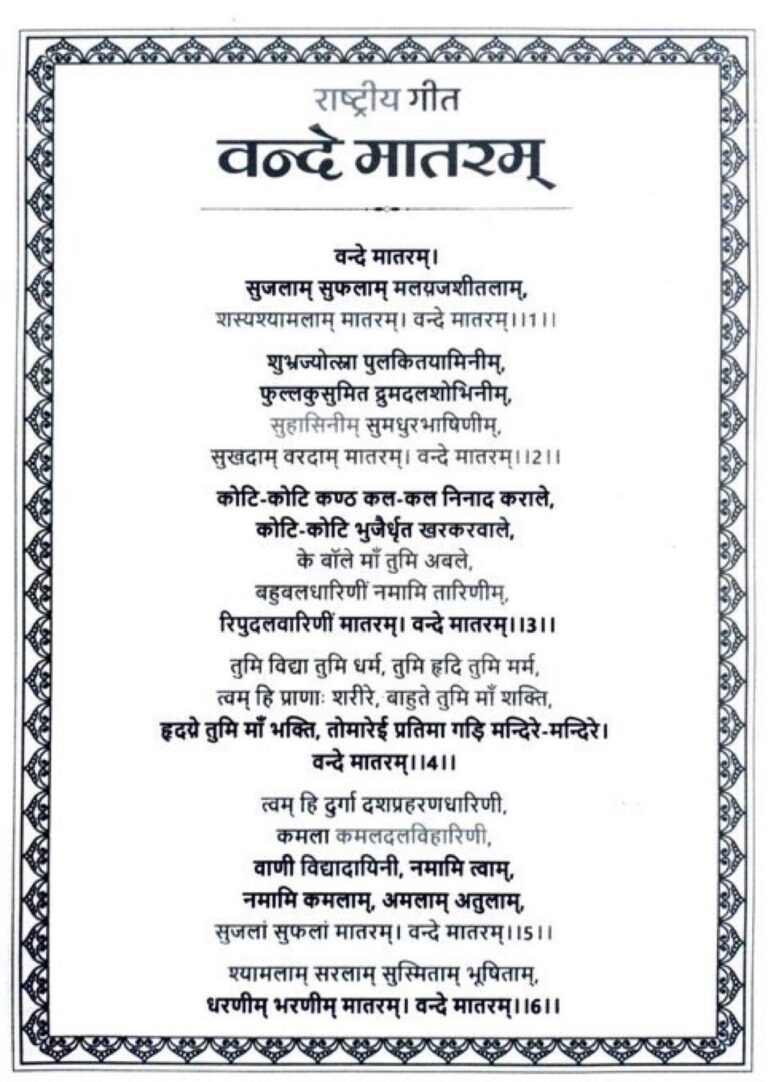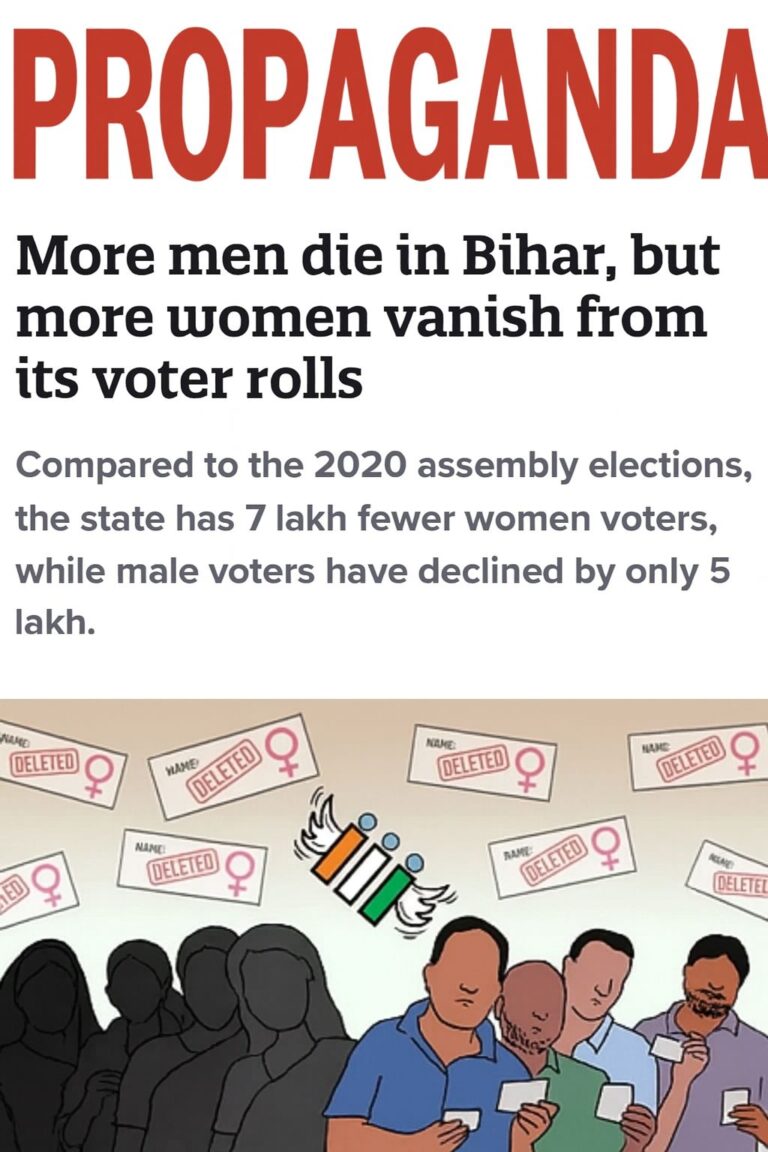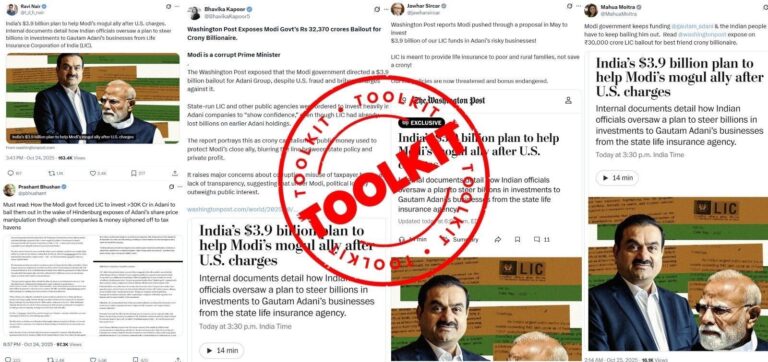Exposing the Communal Agenda: The Flawed Narrative of Jawhar Sircar and The Wire Against Hindu Religious Festivals

In the latest piece by Jawhar Sircar on The Wire titled “Ram Navami: How to Plan a Season of Riots,” the author lays the blame for communal violence squarely at the feet of Hindus and their religious festivals. This simplistic, one-sided narrative shifts the responsibility for communal tensions onto Hindu celebrations, while ignoring the harsh reality of violence against Hindus during these festivals. More disturbingly, it fails to address the growing pattern of attacks on Hindu religious processions — where Sircar’s article seems to overlook an inconvenient truth: Hindus, not Muslims, are often the victims of such violence.
Let’s break this down and expose the deeply flawed reasoning behind this biased narrative, which seems intent on casting Hindu festivals as the primary cause of communalism, while conveniently ignoring the history of violence and persecution faced by Hindus in their own homeland.
The Distorted Narrative: Blaming Hindus and Their Festivals
In his article, Sircar implies that Hindu religious festivals like Ram Navami and Durga Puja are inherently divisive and contribute to communal disharmony. However, this narrative is not only misleading but also dangerous, as it diverts attention away from the true causes of communal violence and the political forces that fuel it. Sircar’s suggestion that Hindu festivals are responsible for violence fails to acknowledge the broader context of attacks on Hindus and their religious practices.
India is a Hindu-majority country, yet there is a profound and undeniable pattern of violence against Hindu religious processions, particularly during major festivals. That Sircar — a former bureaucrat and now a TMC parliamentarian — chooses to ignore this reality is not mere oversight; it is deliberate omission..
The Reality of Attacks on Hindu Religious Processions
For decades, Hindu processions have been repeatedly targeted by violent groups. Far from being instigators, Hindus have often been at the receiving end of stone-pelting, arson, and even armed attacks. A few recent and well-documented examples include:
But what Sircar very conveniently avoids is the repeated targeting of Hindu religious processions and curbs on Hindu festivals in his own backyard — West Bengal, ruled by his party, the TMC..
TMC’s Track Record: The Silence of Sircar
In West Bengal, communal tensions during Hindu festivals have been frequent and well-documented — yet Jawhar Sircar has never found it necessary to speak up.
All of this occurred under the governance of the same party that Mr. Sircar now represents, yet his article makes no mention of these systemic curbs on Hindu religious expression or the clear pattern of hostility toward Hindu festivals in Bengal. The silence is telling — and deliberate..
Islamist Terrorism and Attacks on Hindus: A Pattern of Violence
Beyond processions, India has faced numerous deadly attacks by Islamist extremist groups. These include:
Despite this bloody history, media voices like Sircar’s downplay these events while exaggerating communalism as if it begins and ends with Hindu festivals..
Hinduism: A Peaceful Religion Under Attack
Hinduism is one of the most inclusive, tolerant, and pluralistic religions in the world. The festivals attacked by Sircar are expressions of community, tradition, and spirituality — not vehicles of hatred. Yet, Hindus are increasingly made to feel like strangers in their own land during their own celebrations.
That distortion — casting the persecuted as the perpetrators — is precisely what Sircar and The Wire are engaged in..
The Political Agenda of The Wire and Sircar
This isn’t journalism. It’s a political narrative aimed at vilifying one community while conveniently shielding another. By portraying Hindu festivals as provocations, Sircar reinforces the anti-Hindu bias that’s become a hallmark of certain media outfits.
The omissions are no accident. When Hindus are attacked in Bengal, Sircar stays silent. When Hindu sentiments are mocked, he nods along. But when it’s time to manufacture a narrative ahead of festivals, he and his cohorts suddenly rediscover their keyboards..
Conclusion: The Real Threat to Harmony
The real threat to India’s social fabric isn’t Hindu festivals — it’s the weaponization of media, the selective outrage, and the politically motivated silence around actual perpetrators of communal violence.
Festivals like Ram Navami and Durga Puja are not the problem. The problem is the intellectual dishonesty that seeks to demonize them, and the political bias that fuels it.
Mr. Sircar — if you’re genuinely concerned about communal harmony, perhaps begin by acknowledging the blood on the streets of your own state, spilled during the very festivals you now question.
Until then, we’ll keep calling out your hypocrisy — fact by fact, lie by lie.
.
Author : Sandeep Gandotra, is a serial entrepreneur, startup founder, social media influencer and political analyst with 25 years of overall experience. Tweets at Sandeep Gandotra





